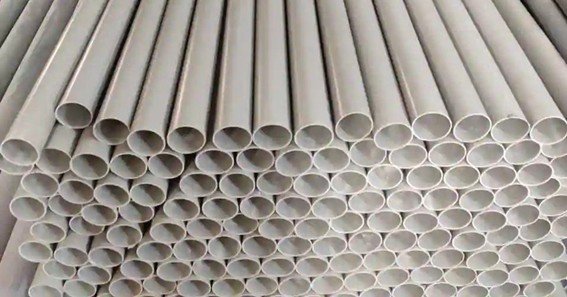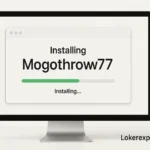The 8 schedule 5 ft pvc pipe is a popular choice among professionals and DIY enthusiasts for a wide range of applications. Whether you’re working on plumbing, irrigation, or construction projects, understanding the specifications and benefits of this pipe type is crucial.
In this article, we will dive deep into what makes the 8 schedule 5 ft PVC pipe stand out, its applications, and maintenance tips to ensure optimal performance in your projects.
What Does “Schedule” Mean for PVC Pipes?
Understanding PVC Pipe Schedules
PVC pipes are categorized by their “schedule,” which indicates the thickness of the pipe walls and, consequently, their pressure ratings and durability. The term “schedule” is a standardized way of denoting the pipe’s wall thickness and strength. For example, Schedule 40 and Schedule 80 are common classifications in the industry.
- Schedule 40: Typically used for general-purpose applications where lower pressure is expected.
- Schedule 80: Features thicker walls for higher pressure and more demanding applications.
The 8 schedule 5 ft PVC pipe in this context refers to a pipe with an 8-inch diameter and a specific schedule designation that meets the requirements for certain projects, offering a balance of durability and cost-effectiveness.
Applications and Benefits
Versatile Uses of the 8 Schedule 5 ft PVC Pipe
The 8 scheduled 5 ft PVC pipe is favored for its versatility and reliability. Here are some common applications:
- Plumbing Systems: Ideal for both residential and commercial plumbing installations where robust performance is needed.
- Irrigation and Drainage: Used in agricultural and landscaping projects for efficient water distribution.
- Construction Projects: Serves as a structural component or conduit for wiring and other utilities.
- Industrial Applications: Employed in various industrial processes that require durable piping capable of withstanding higher pressures.
Key Benefits
- Durability: The schedule rating ensures that the pipe can handle significant pressure, reducing the risk of breakage or leaks.
- Ease of Installation: PVC pipes are lightweight, easy to cut, and can be joined using simple adhesives or mechanical fittings.
- Cost-Effectiveness: PVC is generally more affordable than metal alternatives, making it a popular choice for large-scale installations.
- Corrosion Resistance: Unlike metal pipes, PVC does not rust, making it ideal for long-term use in various environmental conditions.
Installation and Maintenance Tips
Best Practices for Working with PVC Pipes
- Cutting and Fitting: Use a fine-toothed saw or a PVC pipe cutter to ensure a clean cut. Ensure that the edges are smooth to avoid leakage when connecting joints.
- Proper Adhesives: Always use PVC cement and primer designed for the specific schedule of your pipe to ensure a strong bond.
- Regular Inspection: Periodically inspect the piping system for any signs of wear, cracks, or leaks, especially in high-pressure applications.
- Temperature Considerations: PVC pipes have a maximum operating temperature, so ensure that they are used within recommended temperature ranges to avoid deformation.
FAQs
1. What does the term “schedule” mean in relation to the 8 schedule 5 ft PVC pipe?
The term “schedule” refers to the wall thickness and pressure rating of the PVC pipe. It indicates the durability and strength of the pipe for various applications.
2. How does an 8-inch PVC pipe benefit a construction project?
An 8-inch PVC pipe, especially one with the appropriate schedule rating, offers high durability, is cost-effective, and is easier to install compared to metal pipes, making it ideal for plumbing, drainage, and industrial applications.
3. What are the key differences between Schedule 40 and Schedule 80 PVC pipes?
Schedule 40 PVC pipes have thinner walls and are used for applications with lower pressure requirements, while Schedule 80 pipes have thicker walls, offering higher pressure ratings and enhanced durability for more demanding uses.
4. Can I install the 8 schedule 5 ft PVC pipe myself, or do I need professional help?
Many DIY enthusiasts install PVC piping themselves due to its ease of use and the availability of detailed installation guides. However, for complex or high-pressure systems, it is advisable to consult a professional.
5. What maintenance practices should I follow to ensure the longevity of my PVC piping system?
Regular inspections, proper adhesive use during installation, avoiding exposure to temperatures beyond recommended limits, and timely repairs of any detected damage will help ensure the longevity and optimal performance of your PVC piping system.
Conclusion
The 8 schedule 5 ft pvc pipe stands out as a versatile and durable option for various applications, from plumbing and irrigation to construction and industrial processes. Understanding its specifications and proper installation practices can help you maximize its benefits while ensuring a reliable and cost-effective solution for your project needs.










